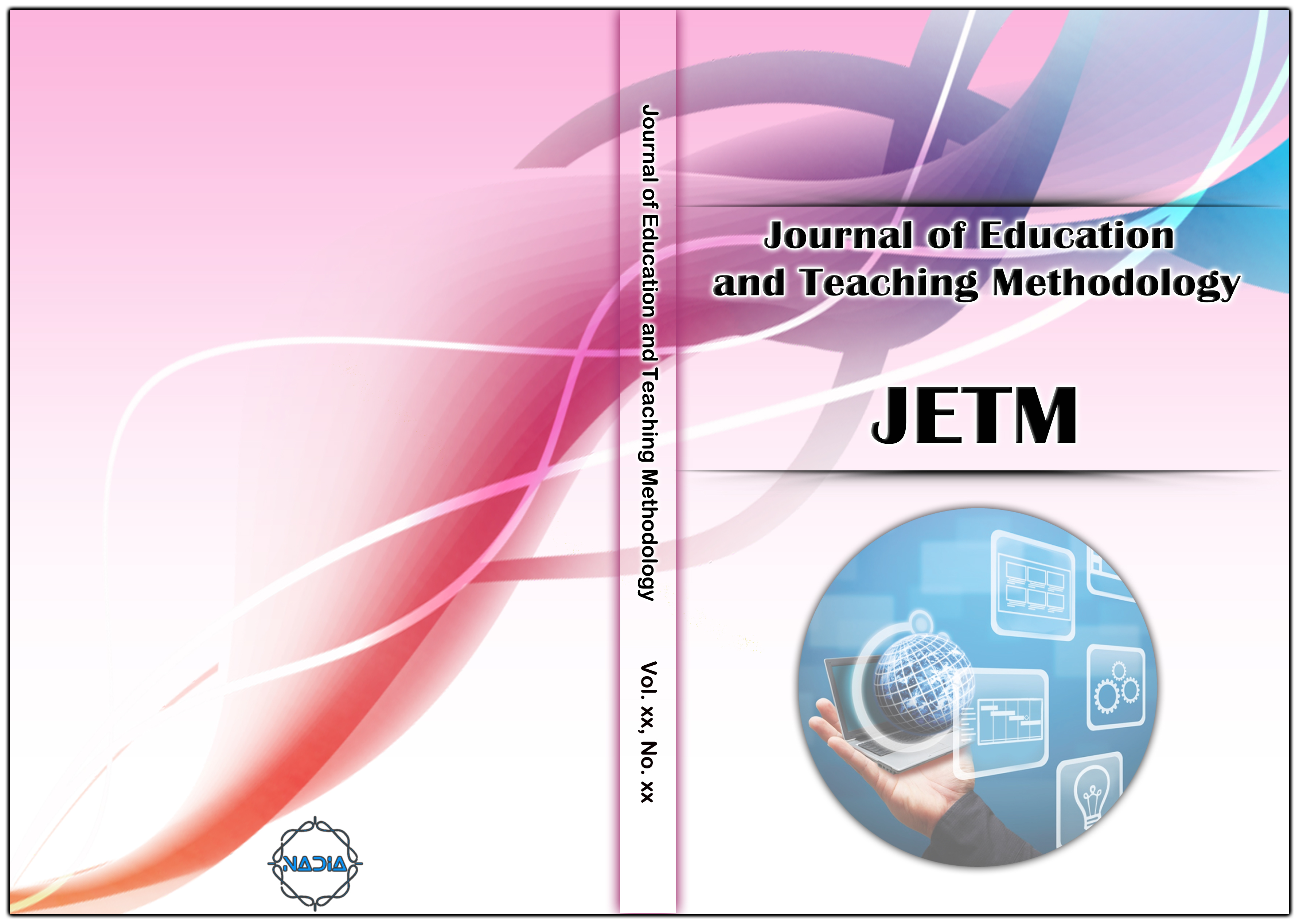[1] The Partnership for 21st Century Skills, Framework for 21st Century Learning Definitions. (2019). Available online: http://static.battelleforkids.org/documents/p21/P21_Framework_DefinitionsBFK.pdf (Accessed on 13 April 2020).
[2] OECD. Future of Education and Skills, Education 2030. 2018. Available online: https://www.oecd.org/education/2030/E2030%20Position%20Paper%20(05.04.2018).pdf (Accessed on 13 April 2020).
[3] UNESCO. Guiding Principles for Learning in the Twenty-First Century. 2014. Available online: https://www.ecolint.ch/sites/default/files/guiding_principles_brochure_0.pdf (Accessed on 13 April 2020).
[4] OECD. Innovating Education and Educating for Innovation: The Power of Digital Technologies and Skills, OECD Publishing, Paris. 2016.
[5] United Nations 2030 Agenda for Sustainable Development. United Nations Education Science and Culture Organization. Available online: https://en.unesco.org/creativity/sites/creativity/files/247785en.pdf (Accessed on 13 April 2020).
[6] Androutsos, A and Brinia, V. “Developing and Piloting a Pedagogy for Teaching Innovation, Collaboration, and Co-Creation in Secondary Education Based on Design Thinking, Digital Transformation, and Entrepreneurship”, Educ. Sci., vol. 9, no. 113, (2019).
[7] Morris, J. Β., Steve, C., Zimmerman, C., Gill, D. and Romig, C., “Gaming science: the “Gamification” of scientific thinking”, Frontiers in Psychology, vol. 4, no. 607, (2013), Available online: https://www.frontiersin.org/articles/10.3389/fpsyg.2013.00607/full (Accessed on 13 April 2020).
[8] Brown, T., “Change by design – how design thinking transforms organizations and inspires innovations”, New York: Harper Collins Publisher, (2009).
[9] UNESCO. Rethinking Education in a Changing World: Meeting of the Senior Experts' Group. Paris. (2013), Available online: https://unesdoc.unesco.org/ark:/48223/pf0000224743 (Accessed on 13 April 2020).
[10] Wang, Yidan. “Education in a Changing World: Flexibility, Skills, and Employability”, World Bank, Washington, DC. © World Bank. 2012. Available online: https://openknowledge.worldbank.org/handle/10986/27092 (Accessed on 13 April 2020).
[11] Pacuska, M., “Social Outcomes of Education”, CER Comparative European Research, (2015), pp. 291.
[12] Lackéus, M., “Entrepreneurship in Education: What, Why, When, How”, OECD, (2015), Available online: https://www.oecd.org/cfe/leed/BGP_Entrepreneurship-in-Education.pdf (Accessed on 13 April 2020).
[13] Kourilsky, M., “Entrepreneurial Thinking and Behavior: What Role in the Classroom? in Entrepreneurship Education: Current Developments, Future Directions”, Edited by Calvin A. Kent. New York, Quorum Books, (1990).
[14] Brown, Stephen, “Fail Better! Samuel Beckett's Secrets of Business and Branding Success (2006)”, Business Horizons, vol. 49, no. 2, (2006) March-April, pp. 161-169, Available at SSRN: https://ssrn.com/abstract=2013879.
[15] Perrotta, C., Featherstone, G., Aston, H. and Houghton, E., “Game-based Learning: Latest Evidence and Future Directions (NFER Research Programme: Innovation in Education)”, Slough: NFER, (2013).
[16] Dichev, C. and Dicheva, D. “Gamifying education: what is known, what is believed and what remains uncertain: a critical review”, Int J Educ Technol High Educ., vol. 14, no. 9, (2017).
[17] Ball, J., “The Double Diamond: A universally accepted depiction of the design process”, Design Council. (2020). Available online: https://www.designcouncil.org.uk/news-opinion/double-diamond-universally-accepted-depiction-design-process (Accessed on 13 April 2020).
[18] Razzouk, R. and Shute, V., “What is design thinking and why is it important?”, Review of Educational Research, vol. 82, (2012), pp. 330-348.
[19] Halse, J. and Boffi L., “Design interventions as a form of inquiry”, Smith et al (ends) Design Anthropological futures. Bloomsbury, (2016), pp. 89-103.
[20] Deininger, M., Daly, S. R., Sienko, K. H. and Lee, J. C., “Novice designers' use of prototypes in engineering design”, Design Studies, vol. 51, (2017), pp. 25-65, Available online: https://doi.org/10.1016/j.destud.2017.04.002 (Accessed on 13 April 2020).
[21] Rikke Friss Dam and Yu Siand Teo, “Design Thinking: Get Started with Prototyping”, Interaction Design Foundation, (2020), Available online: https://www.interaction-design.org/literature/article/design-thinking-get-started-with-prototyping (Accessed on 13 April 2020).
[22] Saurabh Vaidya, Prashant Ambad and Santosh Bhosle, “Industry 4.0 – A Glimpse”, 2nd International Conference on Materials Manufacturing and Design Engineering, Procedia Manufacturing, vol. 20, (2018), pp. 233-238, Available online: https://www.sciencedirect.com/science/article/pii/ S2351978918300672. (Accessed on 13 April 2020).
[23] Robert Half, “How to create a better brainstorming session”, Robert Half International, (2017), Available online: https://www.roberthalf.com/blog/management-tips/how-to-create-a-better-brainstorming-session. (Accessed on 13 April 2020).
[24] Sarah Gibbons, “Journey Mapping”, NN/g Nielsen Norman Group, (2018), Available online: https://www.nngroup.com/articles/journey-mapping-101/
[25] Jacob Nielsen, “NN/g Nielsen Norman Group”, (1994), How to Conduct a Heuristic Evaluation, Available online: https://www.toptal.com/designers/usability/usability-analysis-how-to-run-a-heuristic-evaluation.




